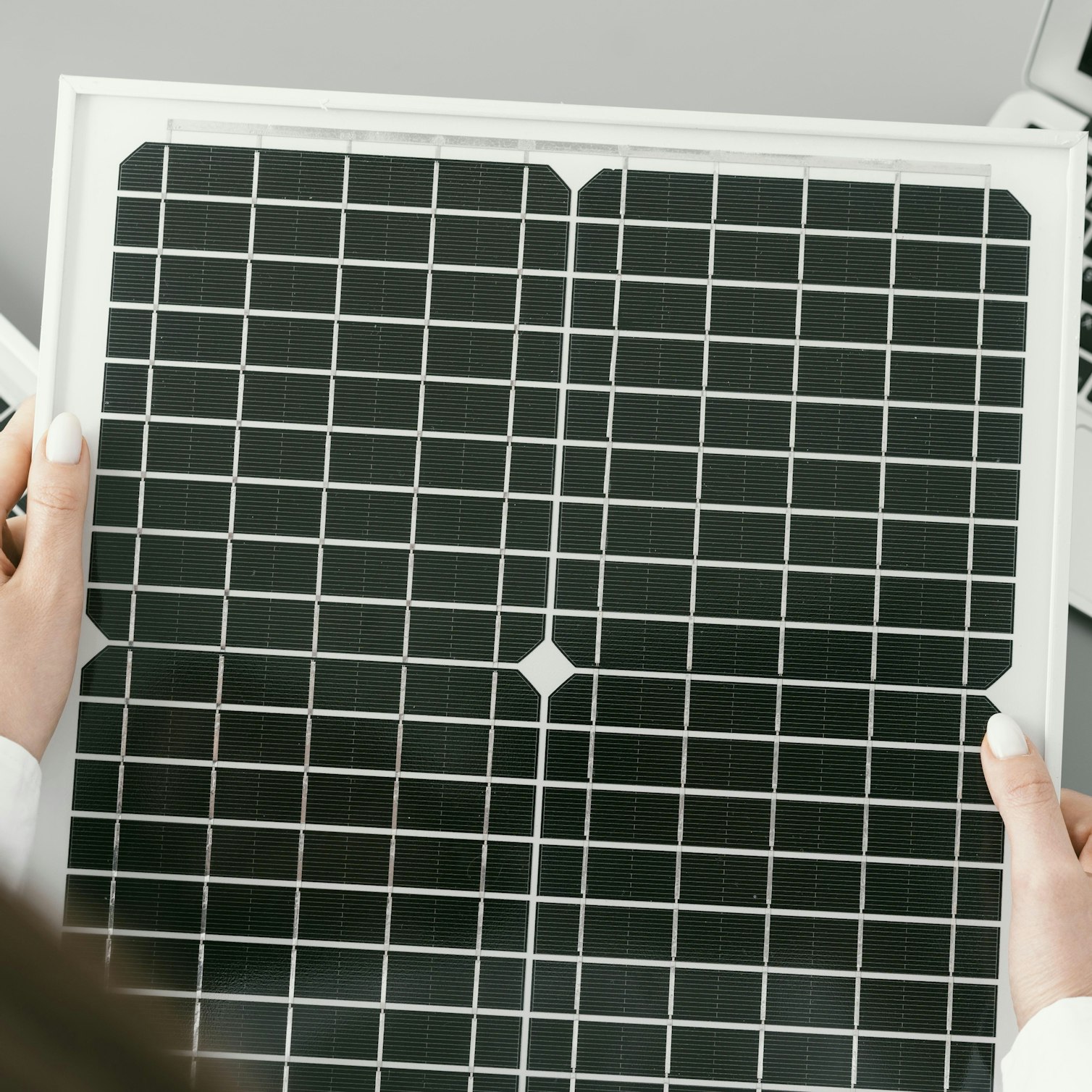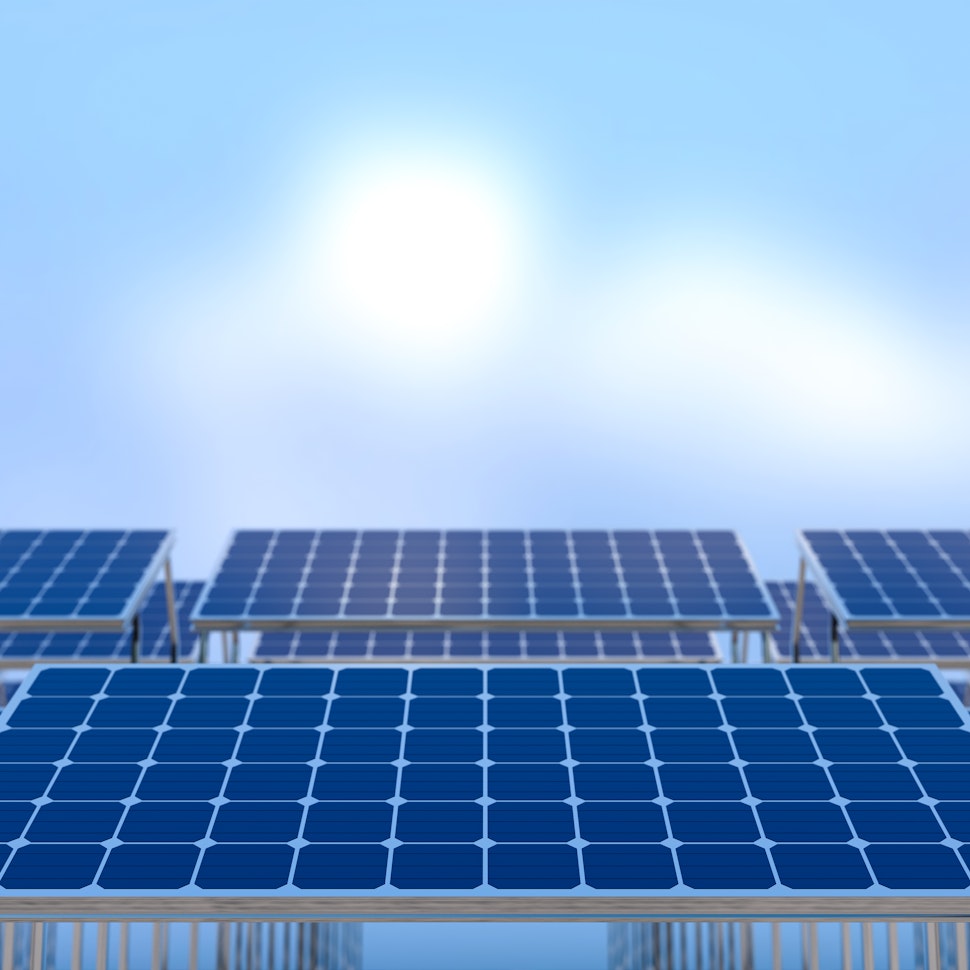- Solar energy blog
- Solar cell efficiency and how to improve it
Solar cell efficiency and how to improve it



Content
Solar photovoltaic (PV) panel conversion efficiency is an important factor in determining how much power a PV plant will be able to produce — and, in turn, indicate whether it will be a profitable investment.
PV cell conversion efficiency refers to the percentage of solar energy that a cell can convert into usable electricity. Solar module developers are focused on improving their efficiency rates to make PV technologies more attractive by competing with fossil fuel energy sources on cost. As solar module efficiencies reach their theoretical limits around 30%, researchers are looking at how new technologies can make incremental gains.

How to improve solar cell efficiency
What are some ways to increase solar conversion efficiency?
Looking for ways to improve the efficiency of your PV projects?? Watch the recording of our past webinar and learn practical tips and techniques for optimizing your PV plant's performance and increasing your profits.
Up- and down- conversion
Energy loss is one of the main causes of low conversion efficiency — specifically energy that’s lost from the thermalization of charge carriers generated when high-energy photons are absorbed.
Conversion materials enable solar cells to make use of a wider spectrum of solar energy by absorbing infrared light and releasing visible light that the cells can absorb and convert into electricity. This is significant as infrared light makes up almost half of the sun’s energy that reaches Earth, but most solar panels are not able to convert it.
In the process of up-conversion, two or more low-energy photons are converted into a single high-energy photon, giving it enough energy to bridge the cell band gap and become absorbed.
In the down-conversion process, one high-energy photon is converted into two or more low-energy photons to be absorbed with little thermalization loss.
The solar cell’s electrical properties are not affected because up- and down-conversion materials are fabricated in layers that are independent of the cell. An up-conversion layer sits between the PV material and the back reflector of a panel, while the down-conversion layer is placed on top of the PV material.
Research has shown that down-conversion material can increase energy yield by converting ultraviolet (UV) light in perovskite-based PV cells.

Nanoparticles in perovskite cells
Perovskite solar cells are a new technology that uses high-performance materials with a crystal structure and offers higher conversion efficiencies than thin-film technologies.
One of the most effective ways to improve efficiency in carbon-based perovskite cells is to use plasmonic nanoparticles. When exposed to solar energy, metal nanoparticles scatter light, increasing the photocurrent inside the cell and increasing the generation rate of free carriers.
Nanoparticles with scattering properties have been found to lift the efficiency of perovskite cells by 1% and were found to be just as effective as up-conversion materials. Altering the size, shape, and distribution of nanoparticles could yield even higher efficiency rates.
Light management techniques
Another approach to boosting efficiency in perovskite solar cells is to improve light management so that less light is lost from the cell.
One way to achieve this is by using silicon oxide layers to trap more sunlight and a transparent conducting oxide layer to reduce absorption losses.
Surface gratings can reduce reflection on the surface of a cell and enhance internal reflection improving the cell’s optical and electrical properties.
How efficient are most solar cells?
Most commercially available solar cells can achieve maximum efficiencies above 20%. Solar panel efficiencies depend on the cell efficiency as well as the cell configuration and layout and the panel’s surface area.
What influences solar cell efficiency? Let’s look at some of the main factors.
Cell design
The most common cell structures used now are either P-type or N-type silicon, which determine efficiency along with the busbar configuration, junction, and passivation type. Interdigitated Back Contact (IBC) solar cells can theoretically achieve higher efficiencies by placing contact grids on the back of the cell rather than the front to reduce shading losses. IBC cells use high-purity N-type silicon and can reach efficiencies of 20-22%.
Panels using monocrystalline silicon Passivated Emitter and Rear Contact (PERC) cells, N-Type tunnel oxide passivated contact (TOPcon), and advanced heterojunction (HJT) cells can achieve efficiencies above 21%. Tandem silicon-perovskite cells have reached efficiencies above 30% in testing, and have a theoretical limit of 43%, but they are still largely in development and have yet to reach wide commercial availability.
Several large cell manufacturers, including JinkoSolar, Longi Solar, and Trina Solar, are shifting their production to N-type cells.
Cost
Solar panel manufacturers tend to produce a range of products with different efficiencies depending on the type of silicon and cell structures they use. This allows them to offer customers different price points depending on their requirements.
Panels with the highest efficiencies above 21% are more expensive and may not be cost-effective for installations that have room for a higher number of cheaper panels to reach the same electricity output. Panels with N-type cells offer higher performance and lifespan than P-type cells as they have lower light-induced degradation (LID) rates.
Panel size
The efficiency of a panel is determined by the power rating divided across the total panel area, so a larger panel surface does not automatically result in a higher efficiency. But incorporating larger size cells in large panels does boost the overall efficiency.
Installation
Realized solar panel efficiencies can vary substantially from their theoretical rates depending on whether they are installed on houses, commercial properties, or in utility-scale plants. There are several factors that can determine real-world efficiencies, including irradiance at the installed location, shading, panel orientation, and temperature.

Efficiency in turn determines how large an area is required to install panels to reach a certain capacity. Systems with higher efficiencies generate more electricity, so require less space as developers can install fewer panels. This is an important consideration for rooftop systems or ground-mounted installations where space is limited. Using high-efficiency panels can also allow for a larger capacity to be installed in an area than using the same number of panels with lower efficiency.
Rated Power can help optimize your solar plant efficiency
Maximizing the efficiency of a solar installation is an important way to achieve the highest electricity output from a site and increase return on investment.
Rated Power platform can help you to automate your project design and optimize its conversion efficiency. Contact us for a demonstration.
Latest stories
Related posts
Technology and engineering
Innovation in renewable energy: Developments expected in 2025
We look at the 10 biggest renewable industry developments that are making a green future possible, including perovskite solar cells, green hydrogen, and more.
Updated 18 MAR, 25

Technology and engineering
What the future holds for the longevity and efficiency of solar panels
Tests done by the French photovoltaics group Hespul showed that the panels, installed in 1992, are still operating at an astonishing 79.5% efficiency. Read on to find out more.
Updated 4 MAR, 25

Technology and engineering
Concentrated solar: An unlikely comeback?
Once described as obsolete, the concentrated solar power market ballooned to $53 billion in 2023 and is still growing. Here’s why CSP is making a comeback.
Updated 12 NOV, 24

- RatedPower
- Solar energy blog
- Solar cell efficiency and how to improve it
